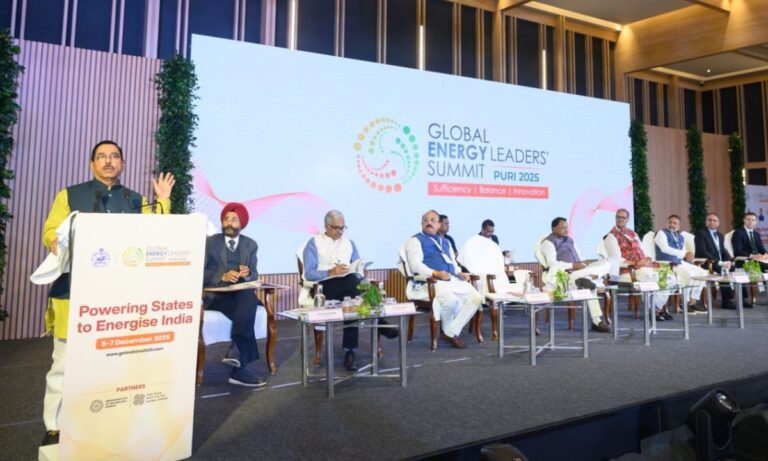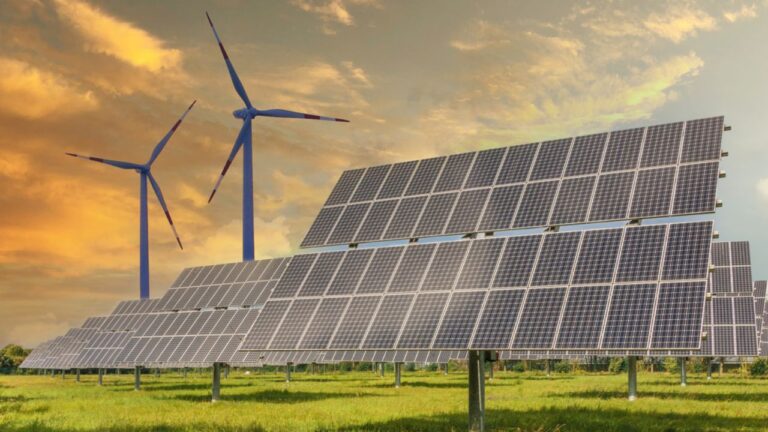
How National Green Hydrogen Mission Aims to Decrease the Cost of Green Hydrogen
The Union Minister responsible for New & Renewable Energy and Power has shared that Green Hydrogen can be generated by using renewable electricity to perform electrolysis on water, as well as from biomass through thermochemical and biochemical methods.
Currently, the production of Hydrogen from renewable sources in the country is very limited. Several entities have expressed intentions to establish production facilities for Green Hydrogen and Green Ammonia in India, although these plans are still in their early stages.
The Minister highlighted that the primary components influencing the production cost of Green Hydrogen are the expenses related to electrolysers and the input of renewable energy. Additional factors, such as capital costs, water supply and treatment, storage and distribution, hydrogen conversion to suitable derivatives, and necessary infrastructure, will contribute to the overall delivered cost of Green Hydrogen for specific applications.
The Minister explained that the National Green Hydrogen Mission aims to take actions to reduce costs in these areas.
On January 4, 2023, the Union Cabinet approved the National Green Hydrogen Mission with a budget of Rs19,744 crore. The overarching goal of this Mission is to establish India as a Global Hub for the production, utilization, and export of Green Hydrogen and its derivatives. The Mission encompasses the following key components:
- Facilitating demand through exports and domestic use.
- Strategic Interventions for Green Hydrogen Transition (SIGHT) program, with a financial allocation of Rs17,490 crore. This program includes two distinct incentive mechanisms to support domestic electrolyzer manufacturing and Green Hydrogen production.
- Pilot Projects for various applications like green steel, mobility, shipping, decentralized energy, biomass-based hydrogen production, hydrogen storage, etc.
- Establishment of Green Hydrogen Hubs.
- Support for infrastructure development.
- Establishment of robust regulatory and standards frameworks.
- Research & Development initiatives.
- Skill development programs.
- Public awareness and outreach campaigns.
It’s important to note that the Mission doesn’t offer incentives for the consumption of Green Hydrogen or its derivatives.
The Mission’s objective is to achieve a Green Hydrogen production capacity of 5 million metric tons per annum by 2030, thereby reducing India’s dependence on fossil fuel imports. The successful accomplishment of Mission targets is projected to save around Rs1 lakh crore in fossil fuel imports by 2030, potentially attracting over Rs8 lakh crore in investments and generating more than 600,000 jobs. The production and utilization of the targeted amount of Green Hydrogen could prevent nearly 50 million metric tons of CO2 emissions annually.
The Mission’s larger goal is to develop and scale up Green Hydrogen production technology, making it affordable and accessible to a wider audience.
The Minister also mentioned additional governmental steps being taken to position India as a global center for Green Hydrogen production, utilization, and export, including:
- Granting a 25-year waiver of inter-state transmission charges for Green Hydrogen and Green Ammonia producers for projects commissioned before December 31, 2030.
- The Electricity (Promoting Renewable Energy through Green Energy Open Access) Rules, 2022, issued in June 2022, which include provisions to facilitate the supply of renewable energy for Green Hydrogen production through Open Access.





